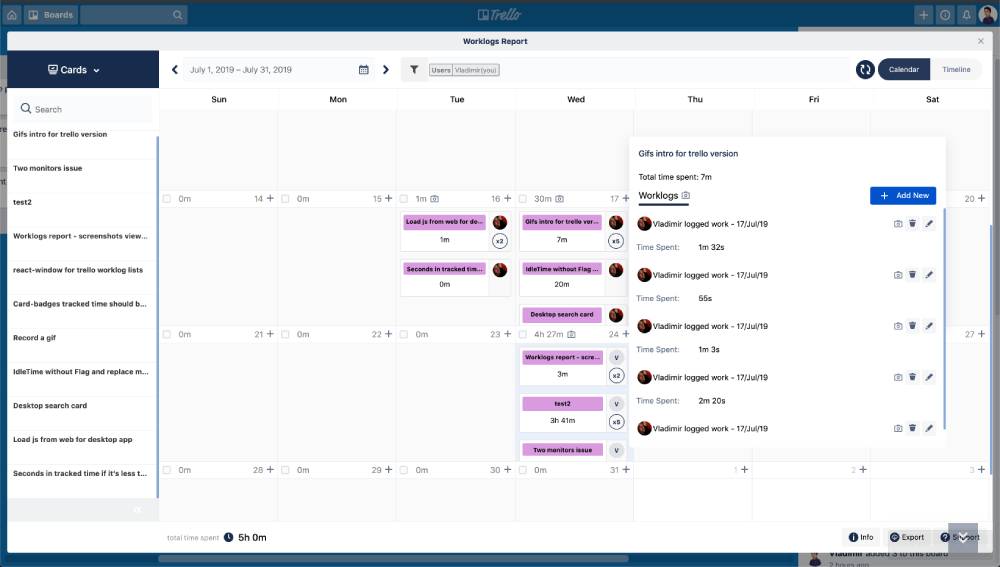
Time Audit: Finding Where Your Study Time Goes
In today’s fast-paced world, it can feel like there just aren’t enough hours in the day to study effectively. With lectures, assignments, social events, and part-time jobs, it’s easy to feel overwhelmed. But have you ever stopped to think about where your study time is actually going? Are you truly using your time in the most efficient way possible? A time audit can be the solution to these questions, helping you take control of your study hours and boosting your academic productivity.
In this blog post, we’ll explore time audits. We’ll cover how to do one and share tips for better study time management.
What is a Time Audit?
Essentially, the time audit is recording the things you are doing in defined periods. We love columns like this one. They remind us to focus on our daily habits. We need to think about how we spend our time while studying together. The goal of the time audit is to identify the areas where you are wasting time or procrastinating. A time audit may seem basic, but it might shock you. Most students don’t even realise it. How much time they waste. Distractions, bad study habits, and weak time management are common reasons. By doing a time audit, you can discover patterns in how you work, helping you adjust your study habits to make the most out of your hours.
Why Should You Conduct a Time Audit?
You might be wondering: Why should I bother tracking my time? After all, doesn’t everyone get their studying done one way or another? The truth is, most students think they’re managing their time effectively, but the reality can be quite different. A time audit offers several benefits:
- Boost Productivity: Knowing how you spend your time helps you improve your study habits and cut out wasted time.
- Identify Distractions: You might not realise how much time is spent on social media, chatting with friends, or checking your phone. A time audit makes these distractions more visible.
- Set Better Goals: Once you see where your time is being spent, you can set more realistic and achievable study goals (Link to guide article 4).
- Reduce Stress: A clearer picture of your time usage can reduce anxiety. You’ll know exactly where you need to improve and which areas are already efficient.
How to Perform a Time Audit
Performing a time audit might feel like a task on its own, but it’s surprisingly straightforward. Here’s a simple, step-by-step guide to get you started:
Step 1: Track Your Time
For a time audit to be effective, you need to track everything you do for a period of time. This could be a day, a week, or even a month, depending on how thorough you want to be. Here’s how to go about it:
- Use a Time Tracking Tool: There are plenty of apps and tools to help you track your time, such as RescueTime, Toggl, or even a simple Google Sheets template. These tools allow you to log activities in real-time, giving you an accurate account of how you spend your time.
- Write Everything Down: If you’re more old-school, you can also use a notebook to jot down everything you do during the day. Be sure to note both your study time and non-study activities, like breaks, meals, and social media usage.
Step 2: Categorise Your Activities
Once you’ve tracked your time for a set period, categorise your activities into specific groups. For example:
- Study Sessions: Include lecture time, reading, note-taking, revising, and problem-solving.
- Distractions can be checking your phone, scrolling through social media, chatting with friends, or working on other tasks.
- Breaks: Short breaks are essential for staying focused, but long or frequent breaks can disrupt productivity.
- Non–Study Tasks: Include any other commitments like work, chores, or family time.
This categorisation shows where you spend the most time. It also highlights where your productivity may be low.
Step 3: Analyse Your Data
Now that you have a clear record of your activities, it’s time to analyse the results. Look for patterns or trends that stand out. Do you find yourself getting distracted more often than you realise? Are your study sessions fragmented with long periods of downtime?
Some questions to ask during the analysis:
- How much time do you spend actually studying vs. being distracted?
- What time of day do you feel most productive? Are you studying during your peak energy levels?
- How often do you take breaks, and are they too long?
- Are there any recurring distractions you hadn’t noticed before?
Step 4: Adjust Your Study Routine

With the insights from your time audit, you can now make informed decisions about how to improve your study routine. Here are a few strategies that can help:
- Set Time Blocks for Focused Study: If you notice you’re more productive at certain times of the day, prioritise study sessions during those hours. Use time blocking to structure your day around these peak study periods.
- Reduce Distractions: If your phone distracts you, try apps like Forest or Focus@Will. These apps block social media and play sounds that help you focus. Another approach is to leave your phone in another room during study sessions.
- Use the Pomodoro Technique: This method breaks study time into intervals (usually 25 minutes), with short breaks in between. It helps maintain focus and gives you time to recharge without losing momentum.
- Take Effective Breaks: Studies show that short breaks of 5 to 10 minutes can boost focus and productivity. However, longer breaks should be planned deliberately to avoid disrupting your study flow.
- Set Clear Study Goals: Know what you want to achieve in each session. This could be finishing a chapter, reviewing notes, or doing practice problems. Having a clear target makes it easier to stay focused.
Tools and Apps for Time Management

A successful time audit doesn’t end with tracking your time. To manage your time well, use tools that make studying easier. Here are some tools that can help you stay on track:
- Google Calendar: Perfect for scheduling study blocks, setting reminders, and avoiding overlap between study and personal commitments.
- Trello or Notion: These apps help you organise tasks, set deadlines, and break down larger study goals into smaller, manageable chunks.
- RescueTime: Automatically tracks the websites and apps you use throughout the day, giving you a clear overview of your time allocation.
The Role of Reflection in Time Management
Once you change your study routine, keep checking how your new habits impact your productivity. A time audit is not a one-time task but a continuous process of improvement.
Consider doing a mini time audit every month or two to reassess your routines and make any necessary adjustments. Reflection will help you keep your study habits aligned with your academic goals, and allow you to stay on top of any emerging distractions.
Take Control of Your Study Time
The first step to improving your academic productivity is knowing what you do with your study time. A time audit With the right tools and strategies, you not only manage better but also improve performance.
So, why not give it a try? Dedicate a week to monitor how you’re spending your time and apply the knowledge you glean to improve your study habits. The more you know how you use your time, the more control you’ll have over your academic success. Let the time audit guide you toward a more efficient and productive study routine!
Have you conducted a time audit before? What did you learn about your study habits? Share your experiences in the comments below or let us know how we can help you optimise your study routine!


